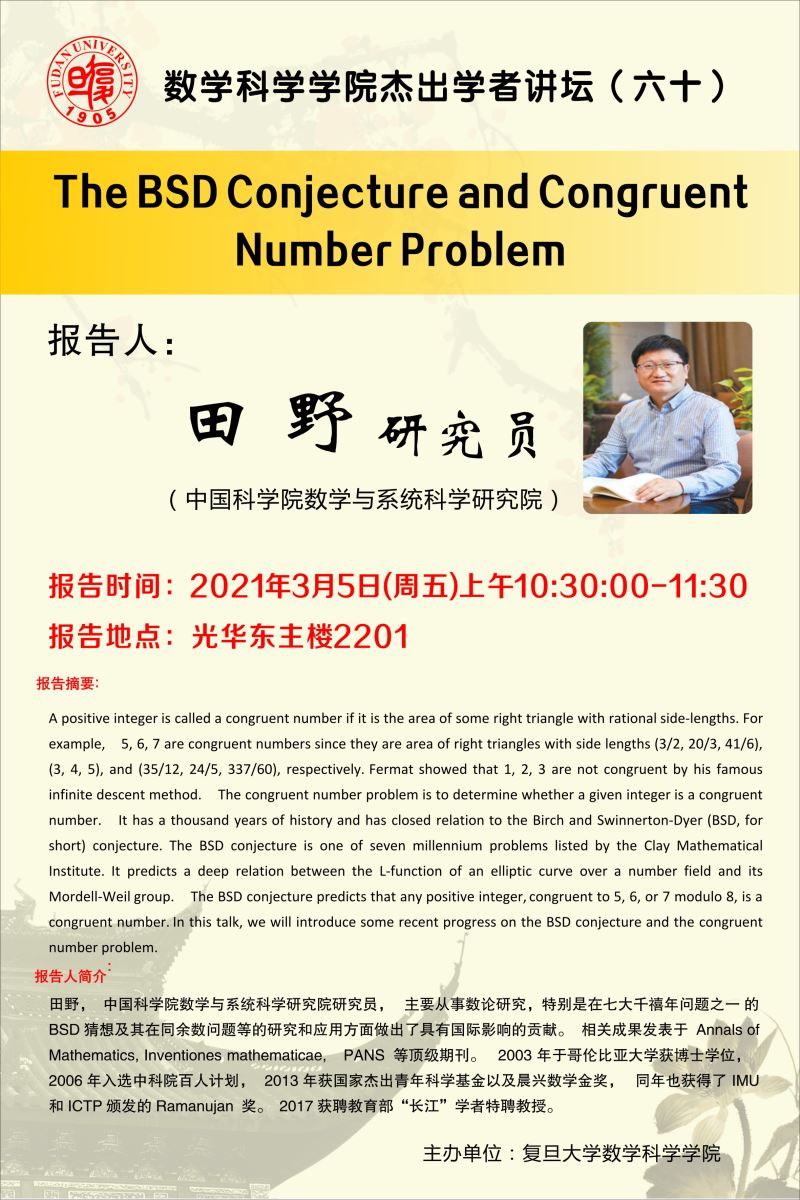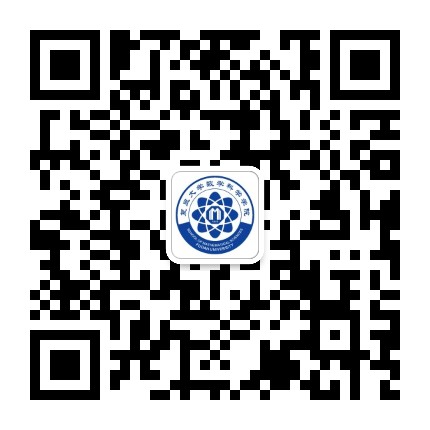
A positive integer is called a congruent number if it is the area of some right triangle with rational side-lengths. For example, 5, 6, 7 are congruent numbers since they are area of right triangles with side lengths (3/2, 20/3, 41/6), (3, 4, 5), and (35/12, 24/5, 337/60), respectively. Fermat showed that 1, 2, 3 are not congruent by his famous infinite descent method. The congruent number problem is to determine whether a given integer is a congruent number. It has a thousand years of history and has closed relation to the Birch and Swinnerton-Dyer (BSD, for short) conjecture. The BSD conjecture is one of seven millennium problems listed by the Clay Mathematical Institute. It predicts a deep relation between the L-function of an elliptic curve over a number field and its Mordell-Weil group. The BSD conjecture predicts that any positive integer, congruent to 5, 6, or 7 modulo 8, is a congruent number. In this talk, we will introduce some recent progress on the BSD conjecture and the congruent number problem.




 地址:上海市杨浦区邯郸路220号
地址:上海市杨浦区邯郸路220号 邮编:200433
邮编:200433 电话:021-65642222
电话:021-65642222
